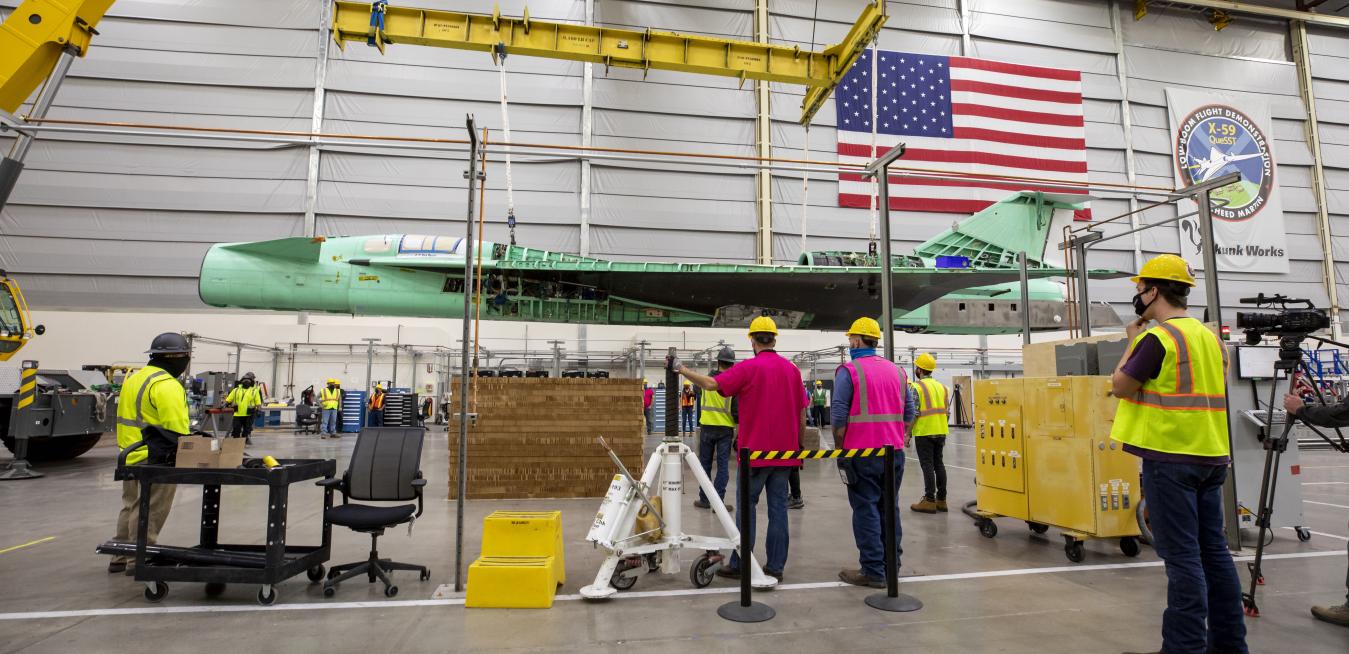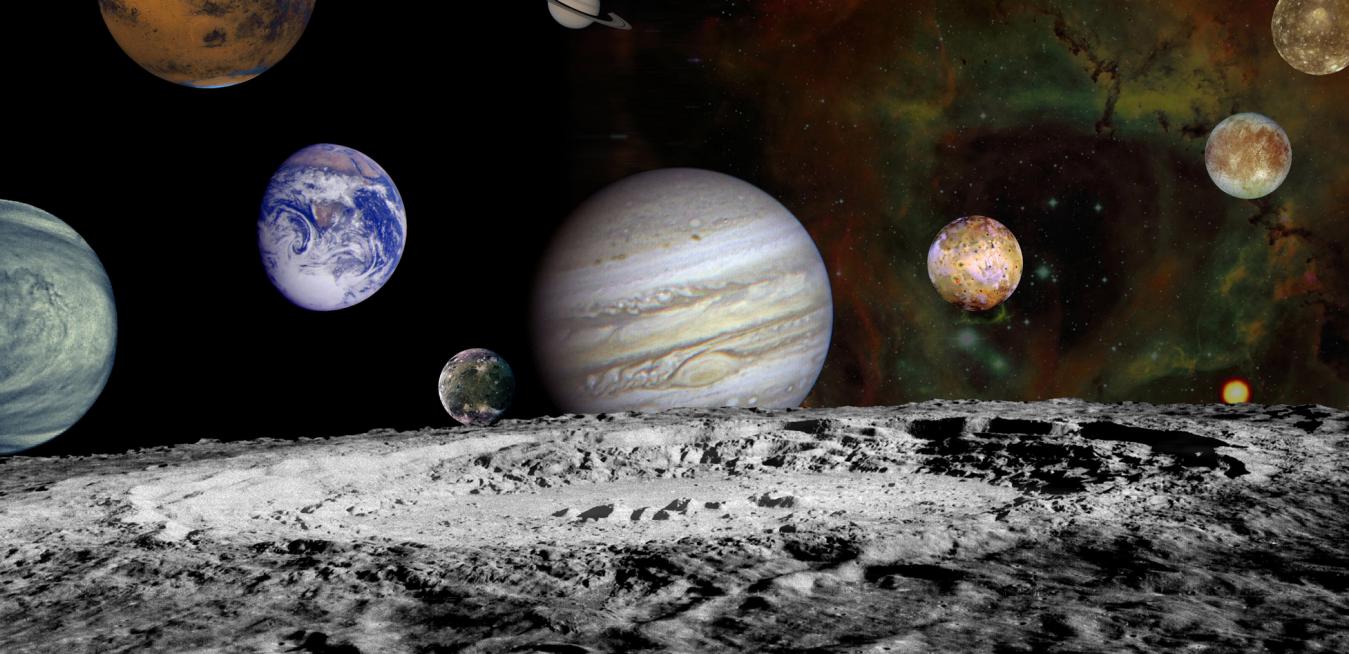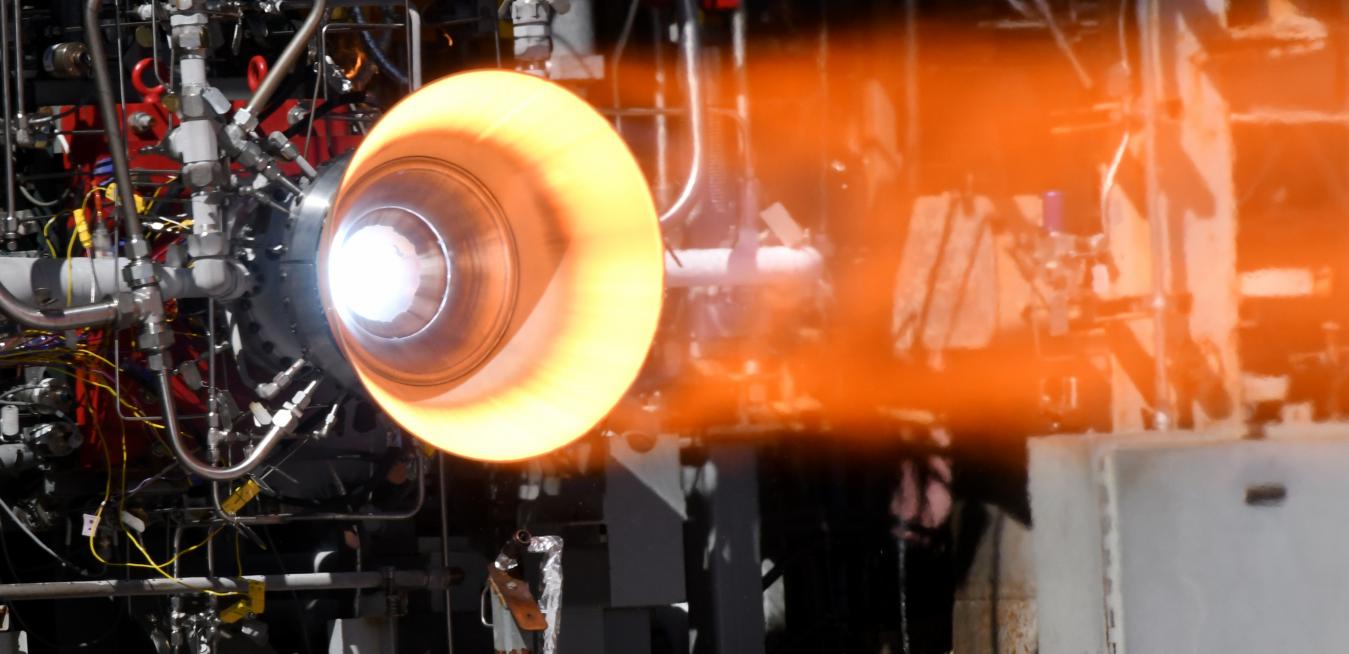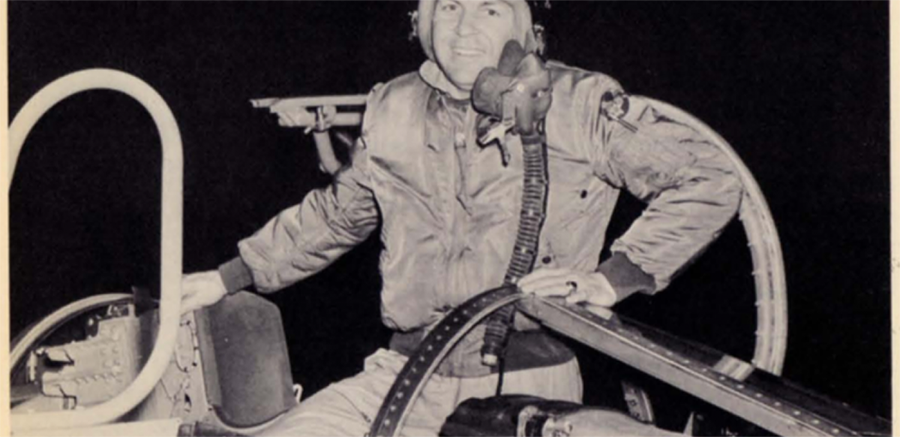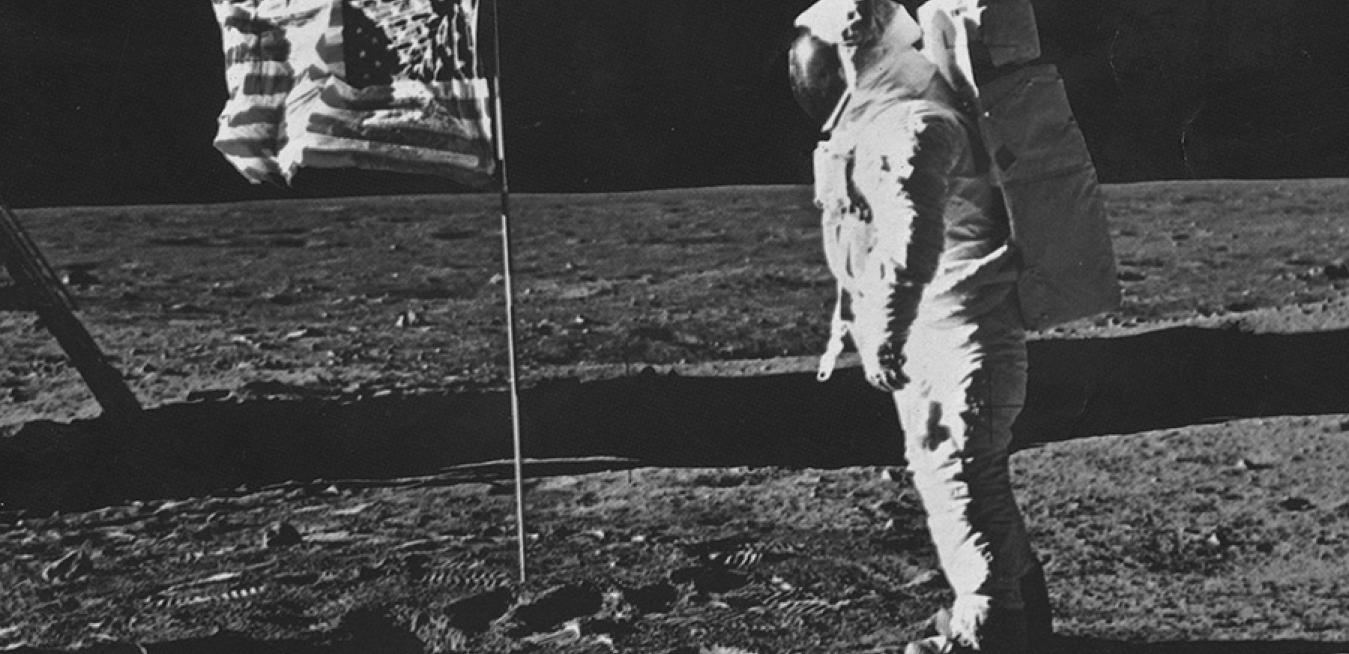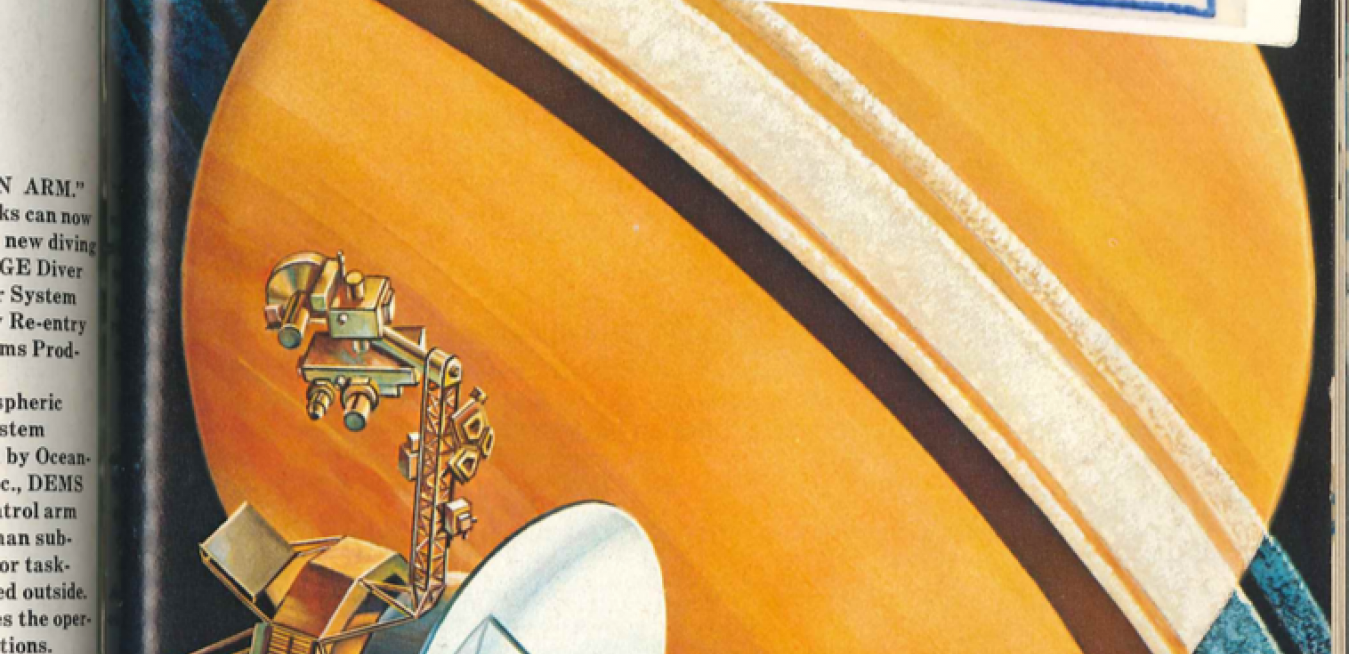- GE researchers applying novel silicon carbide (SiC) photodiode technology to develop and demonstrate a UV imager that reliably operates in hot and harsh environments of 500 degrees Celsius (932 degrees Fahrenheit) to study the composition and structure of Venus’ surface and atmosphere
- Venus is the hottest planet in the Solar System, with extreme atmospheric pressures and surface temperatures of 475 degrees Celsius, or 900 degrees Fahrenheit, similar to a wood-fired pizza oven
- High temperature, ruggedized electronics are essential for enabling long-term robotic exp
For media inquiries, please contact:
Todd AlhartDirector, Innovation Communications
GE Aerospace
+1 518 338 5880
[email protected]
